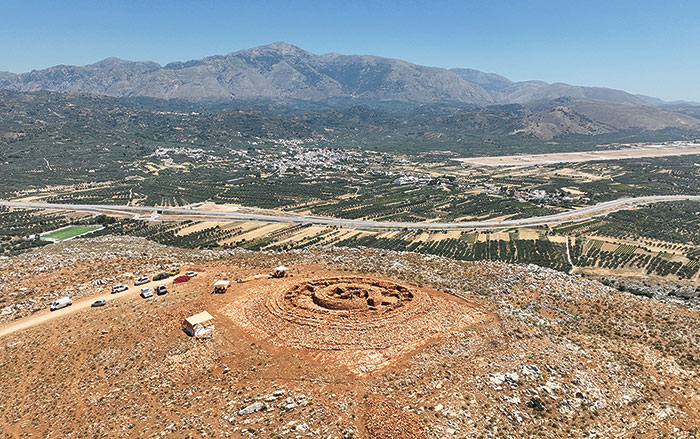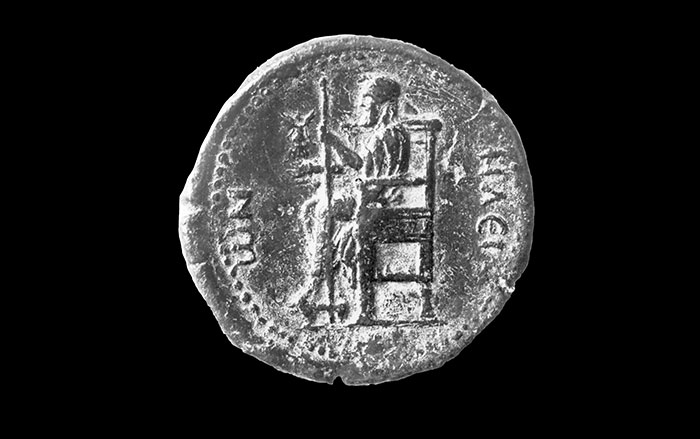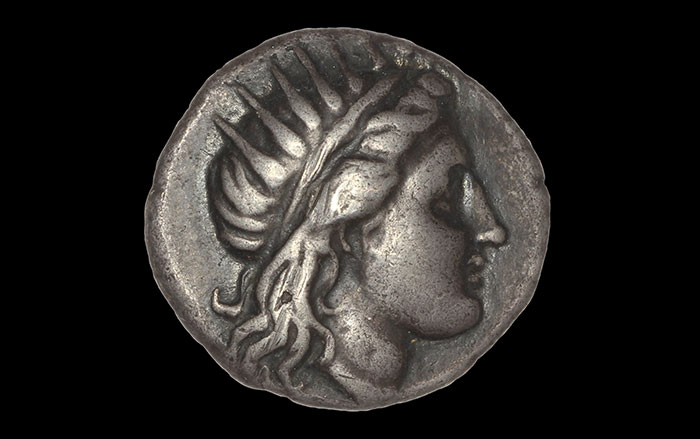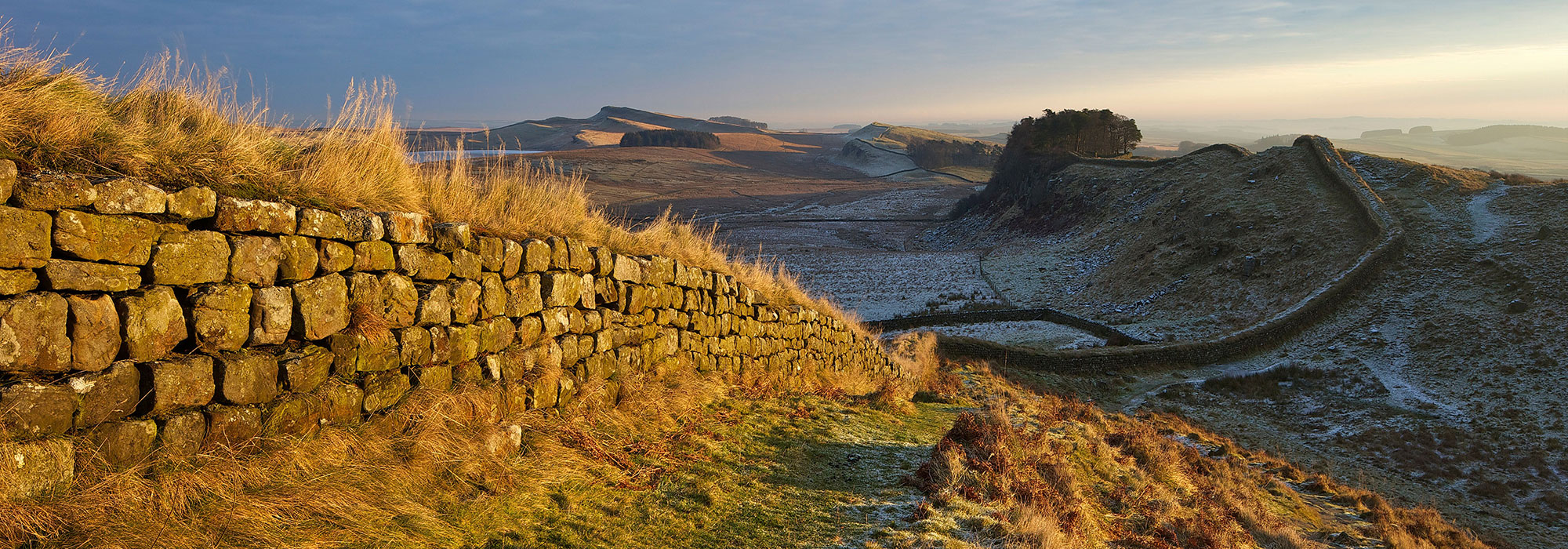
KUMAMOTO, JAPAN—According to a report in The International Business Times, researchers led by Ryuichi Yoshitake of Kumamoto University believe that the heavy, 100-foot-long stage structures in some ancient Greek theaters may have moved independently. In these theaters, it had been previously suggested that the proskenion, a one-story building used as background scenery, and the two-story skene, which provided an additional background and dressing rooms, were linked together and set on three wheels along a single axle. The wheels are thought to have traveled along three shallow stone tracks, each measuring between three and five inches wide, like those found in the theaters at Sparta and Megalopolis. Yoshitake’s team uncovered a large storage area, in addition to three stone tracks, at the theater at Messene. After studying all three theaters, Yoshitake thinks the proskenion and skene would have been too unwieldy to have been moved as one piece. He suggests that the proskenion and skene were set on their own sets of two wheels per axle. In this scenario, four stone tracks would have been needed, however. To read about the archaeology of Elizabethan theaters, go to "Behind the Curtain."










